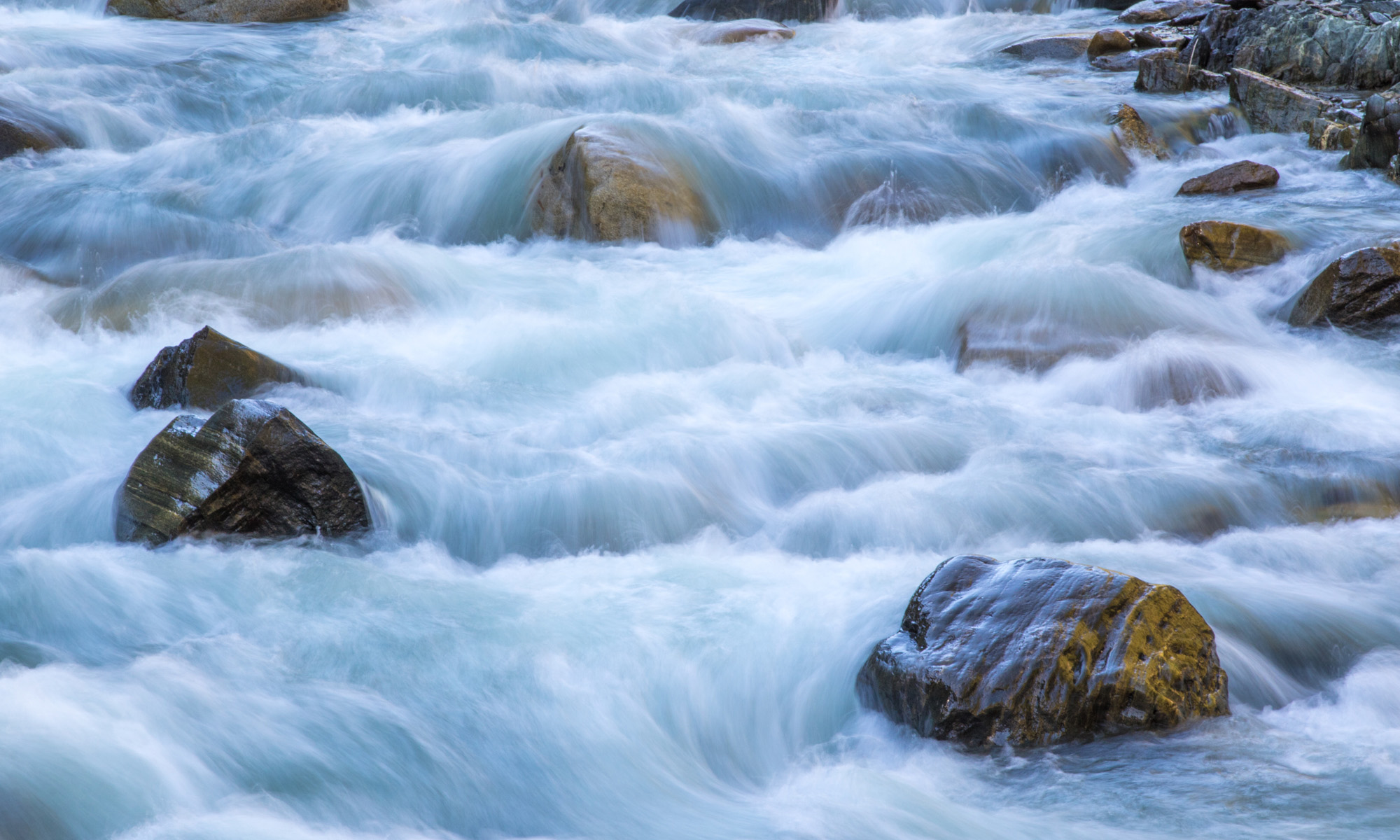Today’s Question: Is it possible to create a still photo from a video clip? I recorded videos with my camera of whales breaching and wish I had still images as well. Is this possible?
Tim’s Quick Answer: Yes, you can capture an individual frame of a video using software such as Photoshop or Lightroom Classic (among others). However, it is important to keep in mind that the image may be at a relatively low resolution depending on the resolution of the video.
More Detail: Many cameras support the recording of video in addition to capturing still images. In many cases, however, that video is recorded at a lower resolution than the still images the camera is capable of capturing. For example, many cameras capture video at 1920×1080 pixels, which equates to just over 2 megapixels. Some cameras offer 4K resolution video, which typically has resolution of 3840×2160 pixels, which translates to just over 8 megapixels. The point is that in many cases capturing a still image from a video may result in an image of lower resolution (and therefore lower quality) than you might have anticipated.
In Photoshop you can capture a still frame from a video by first opening the video in Photoshop. This can be done just like opening a still image. When you open a video, you should see the Timeline panel automatically. On the Timeline panel you can use the playhead to navigate to the position in the video that you want to capture as a still image. When you’re at the frame you want, go to the menu and choose File > Save a Copy. You can then update the filename, choose the location, and specify the file format and any other available options to save a still image based on the current frame of the video.
In Lightroom Classic you can browse the video you want to capture a still frame from in the Library module. Drag the playhead to the position in the video you want to capture a still image based on. Then click the Frame button (the rectangular icon toward the far right of the playhead area) and choose “Capture Frame” from the popup menu. This will save a JPEG image based on the current frame of the video, in a stack with the video. You could then export a copy of that image, for example.
In many cases it is better to capture a still photo rather than planning to extract a still frame from a video after the capture. However, for situations where you only captured a video, you can most certainly extract an image from the video.
I covered the topic of capturing a still frame from a video, as well as the overall process of optimizing videos in Lightroom Classic, in my lesson “Optimizing Video”, which is Chapter 3, Lesson 10, in my comprehensive video training course “Mastering Lightroom Classic”. This course is included at no additional cost in my GreyLearning Ultimate Bundle, but is also available as a standalone video course here:
https://www.greylearning.com/courses/mastering-lightroom-classic-2023

